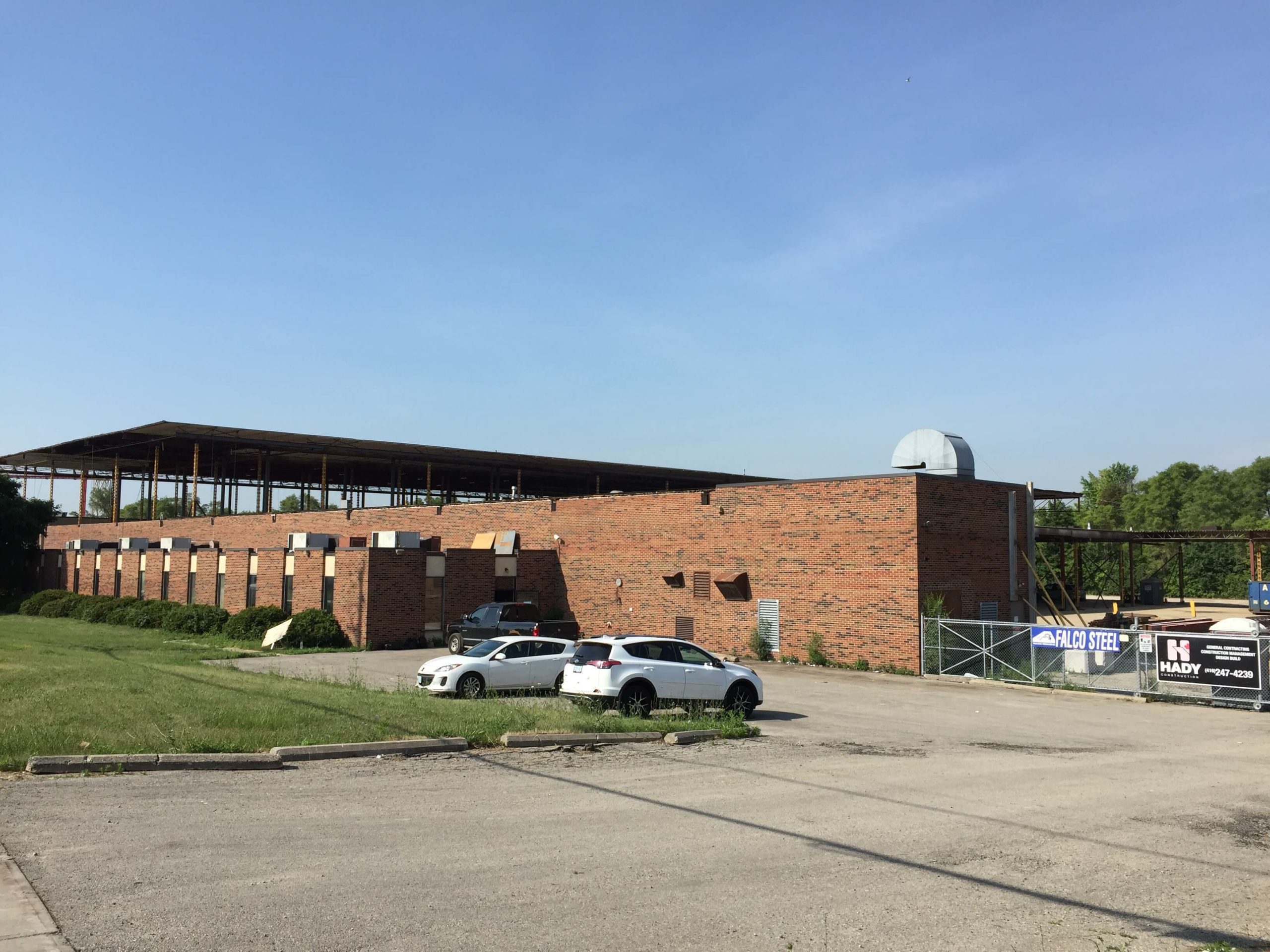Large occupiers are more efficiently using warehouse and cubic space, which is resulting in increased building clear heights
In a client research brief, entitled: “Measuring Up: Why Cubic Feet Matter,” CBRE explained that large occupiers are more efficiently using warehouse and cubic space, which is resulting in increased building clear heights, and has in turn, made measurement of cubic feet, or the “third dimension,” that much more important.
The phrase “things are looking up” may be an appropriate way to describe an ongoing shift towards the height and volume of warehouses and distribution centers, according to research released by commercial real estate firm CBRE.
In a client research brief, entitled: “Measuring Up: Why Cubic Feet Matter,” CBRE explained that large occupiers are more efficiently using warehouse and cubic space, which is resulting in increased building clearance heights, and has in turn, made measurement of cubic feet, or the “third dimension,” that much more important.
CBRE explained in the brief that taller warehouses exponentially increase the total volume of inventory available to occupiers, citing how: since 2010, more than 8.8 billion cubic feet was added to the warehouse inventory of the top 10 markets; the average height of warehouses built in the U.S. has gone up from around 24 feet in the 1960s to 32.4 feet this decade (33 feet in 2016); and 13.7 billion cubic square feet of warehouse space was built in the U.S. from 2010-2016, with 65 percent of that total coming in the ten largest markets, paced by the Inland Empire in California, Dallas/Fort Worth, and Chicago, whereas newly-built warehouses by ground-level floor area yields 422.5 million square feet.
A major benefit of additional vertical warehouse space, according to CBRE, is that e-commerce providers have leveraged that space by installing mezzanine levels that allow these companies to bring on additional human inventory pickers in each location.
But it added that comes with the caveat that these mezzanine levels are not usually included in the measurements of a property’s or market’s industrial square footage, making measuring cubic feet likely the more efficient way of gauging the full extent of warehouse and DC space.
Blaine Kelley, Senior Vice President of Industrial & Logistics for CBRE, explained that the move towards taller warehouses and DCs has really accelerated since 2010, when the industry really began to show signs of recovery.
“Another aspect is that on a ‘big picture’ level we have been supply constrained since 2010, as essentially speculative warehouse construction came to a dead stop in 2007,” he said. “Since the recovery, we have had anywhere from a 1.5-to-2 times the amount of demand to supply.”
CBRE research showed that the average clearance for all warehouse properties CBRE has built has seen steady gains, rising from 30.19 feet in 2010 to 32.95 feet in 2016.
When asked about the increase the installation of mezzanine levels by e-commerce companies that enabled them to add more pickers, Kelley said that the point of demarcation for that goes back to around 2010.
“It really directly parallels the proliferation of e-commerce warehouses being constructed around the country,” he said.
As for the future, in terms of potential continued growth of warehouses and DCs, Kelley estimated that the “magic number” for height would be 40 feet for clearance height. Anything above that number, though, he said, can lead to possible architectural or structural issues, coupled with fire protection issues as well.
“Anything above that (40-foot) number is a totally different category, which is probably cost-prohibitive today with the average warehouse operator,” he said. “And the equipment used in these facilities like lift trucks and other materials handling equipment is very expensive and can be cost-prohibitive in a larger facility.”
On an industry level, Kelley said that one complaint he often hears is that the market is very supply constrained, along with difficulties finding sites to densely populated areas, which is leading to buildings getting bigger and taller.
“This is to meet the needs of same-day and next-day online orders,” he said. “You need to have a much deeper warehouse inventory to meet that demand.”
CBRE Director of Research and Analysis Colin Yasukochi said the industry is now also seeing the beginning of multi-story warehouse development, which he said is very common in Asia, but not as much in the U.S., although they are starting to crop up in more dense and urban areas.
Kelley said that there are currently some urban redevelopment projects along those lines taking place in Seattle and parts of New Jersey, which are constrained space-wise but are very populated areas.
Jeff Berman is Group News Editor for Logistics Management, Modern Materials Handling,
and Supply Chain Management Review.





